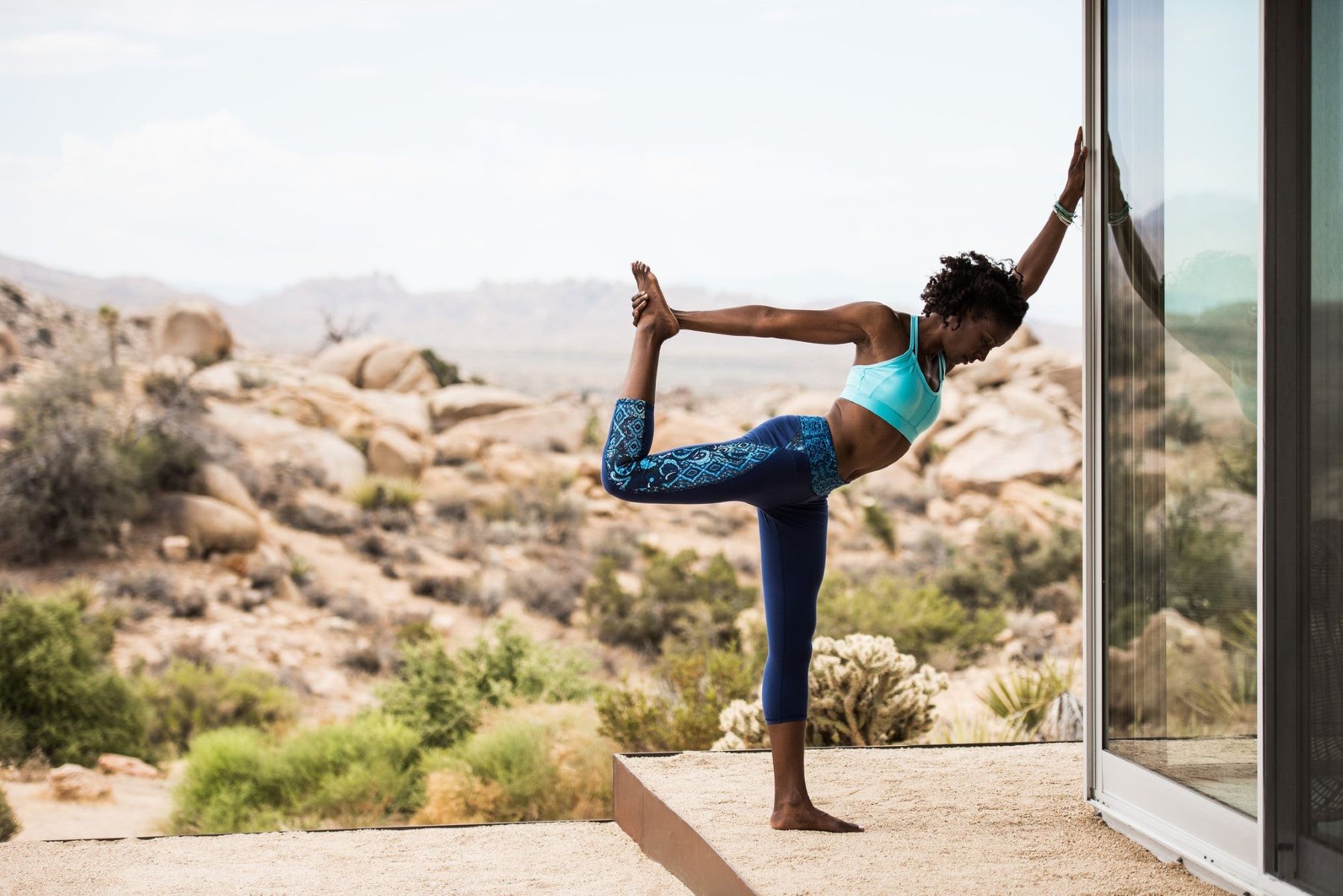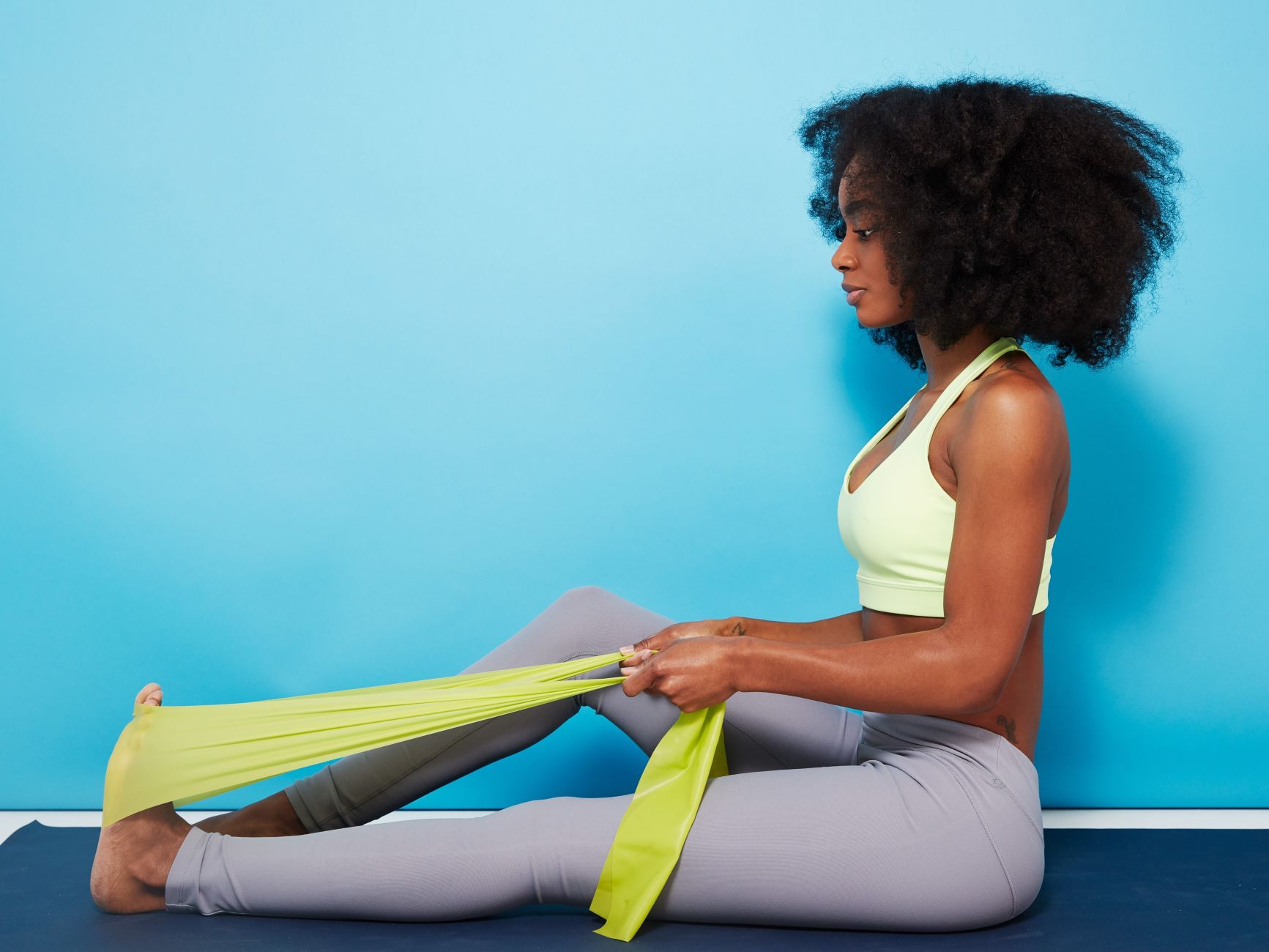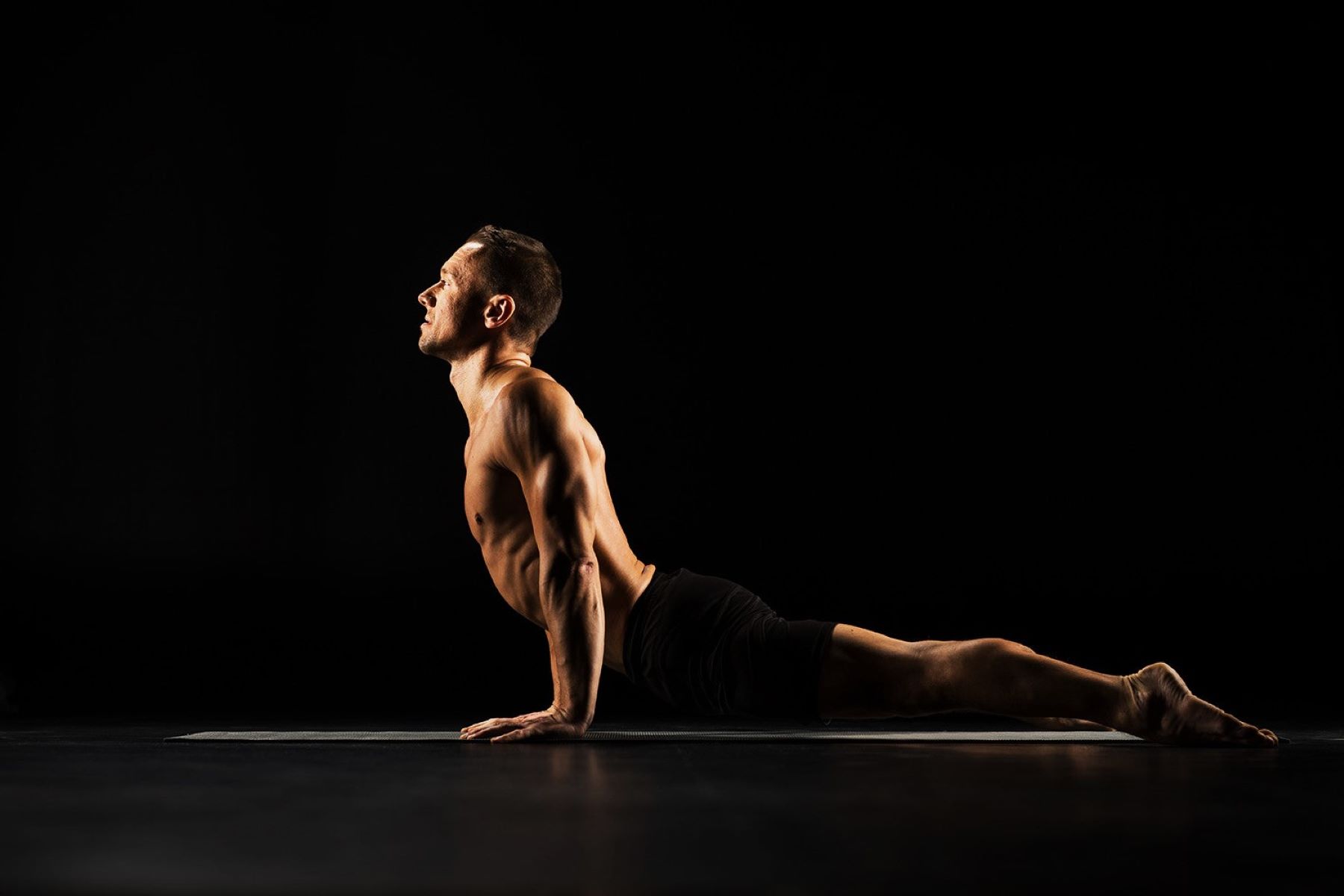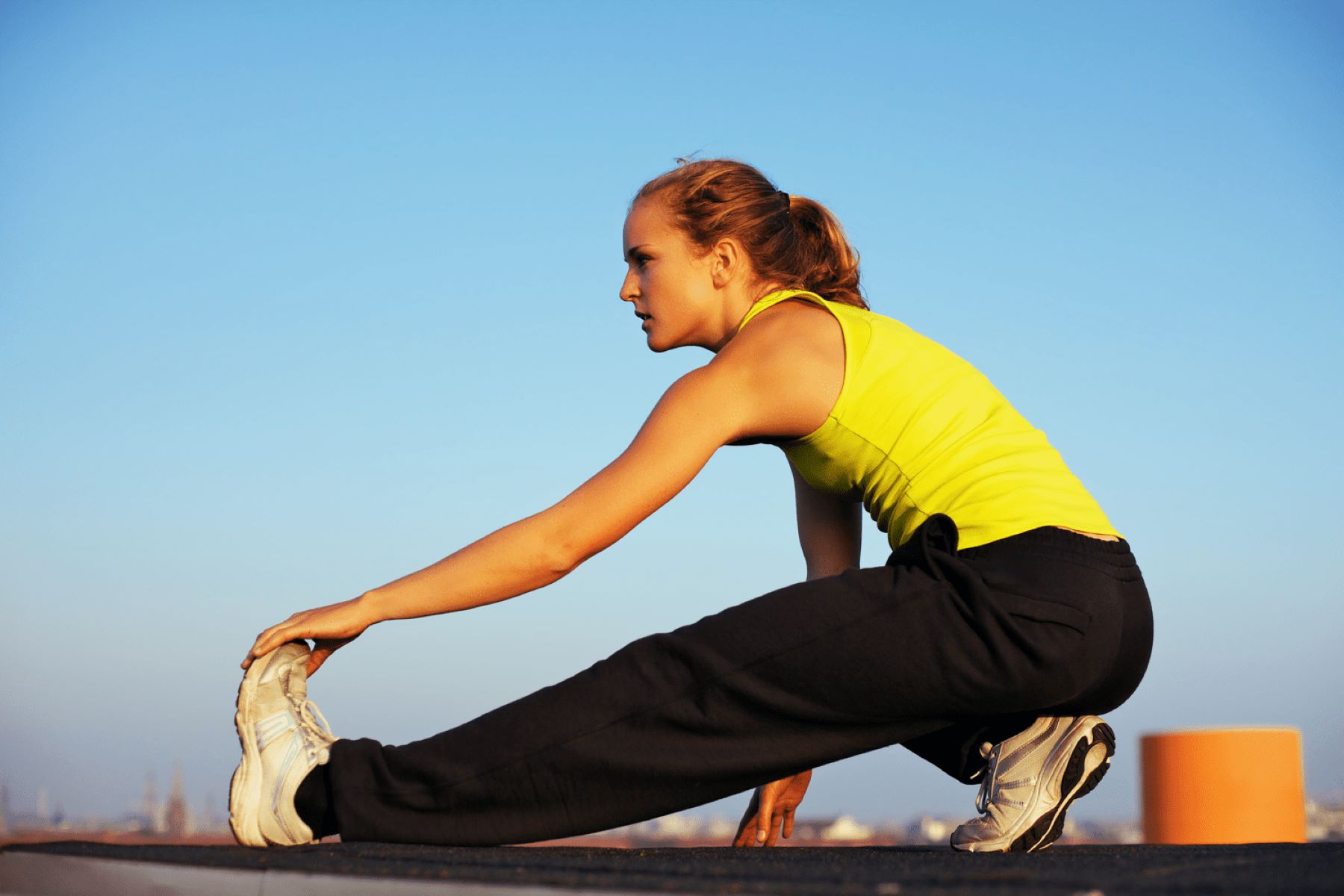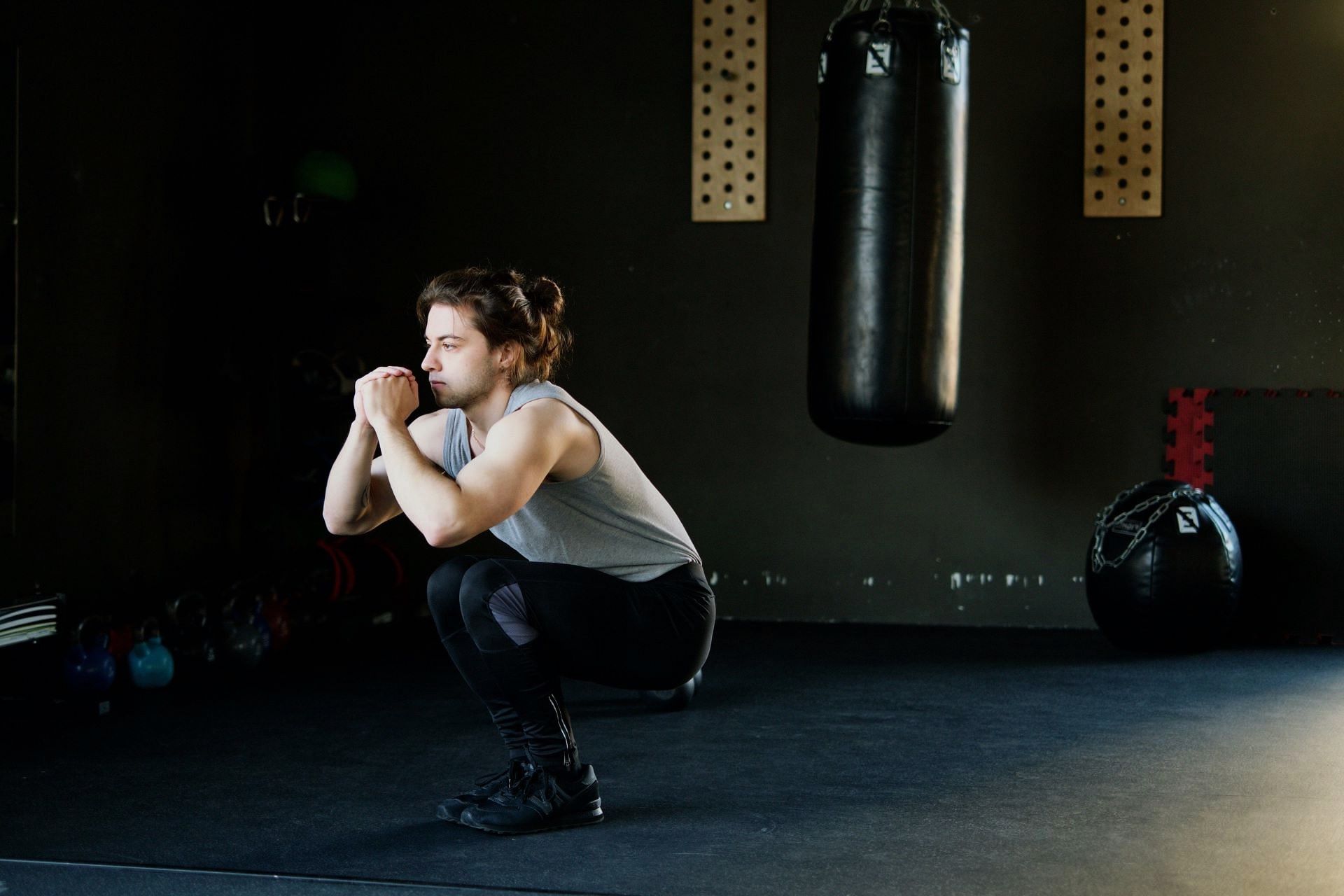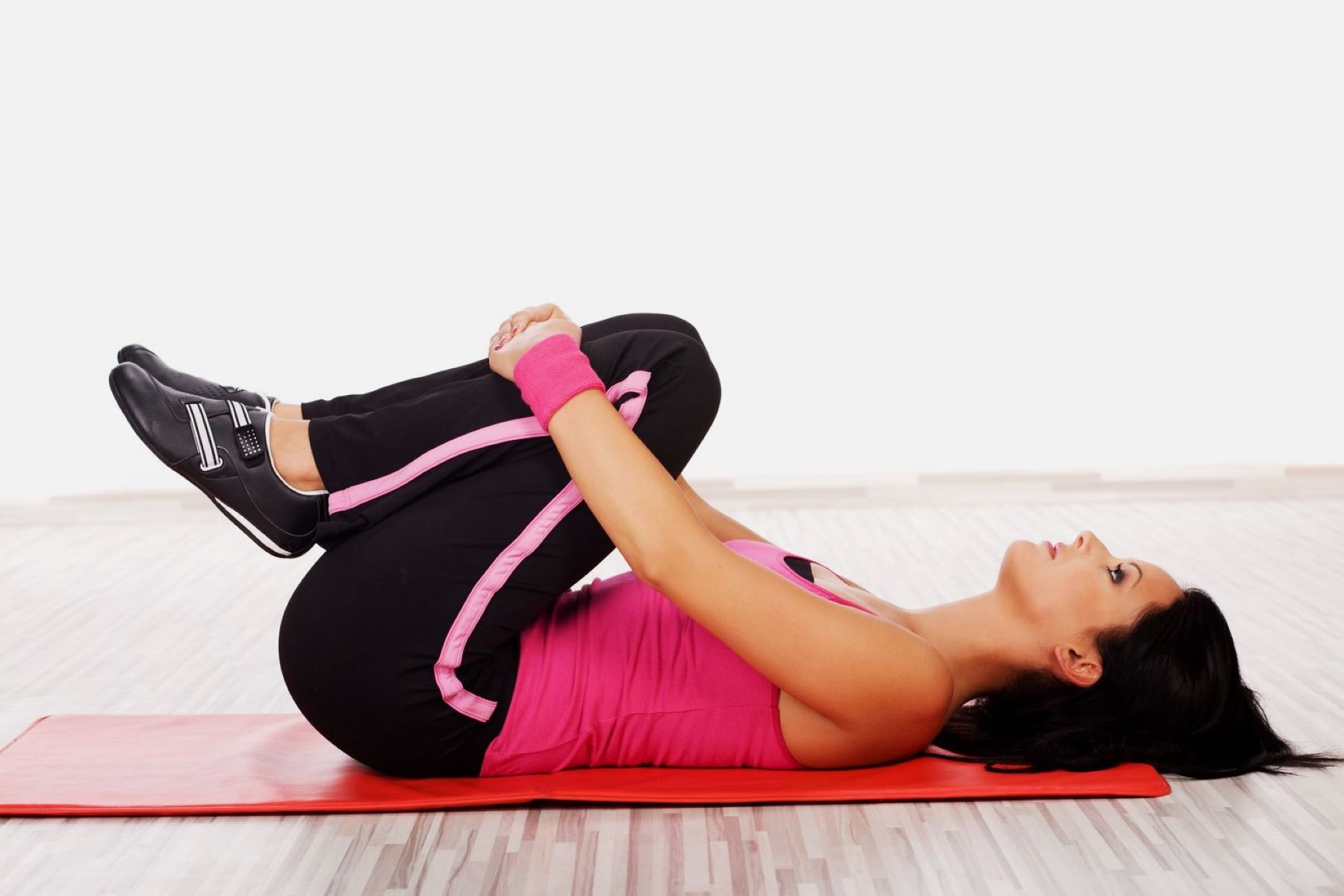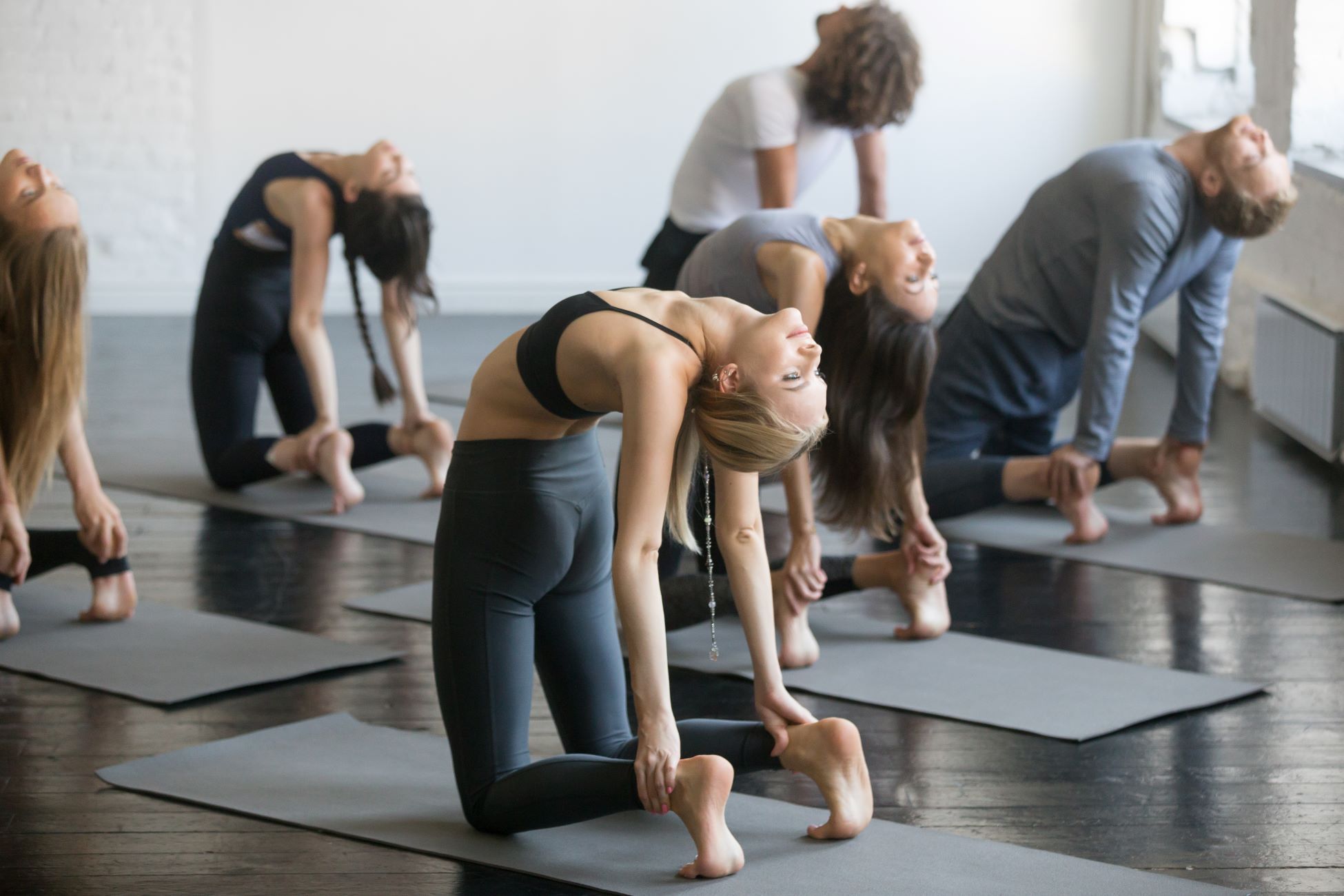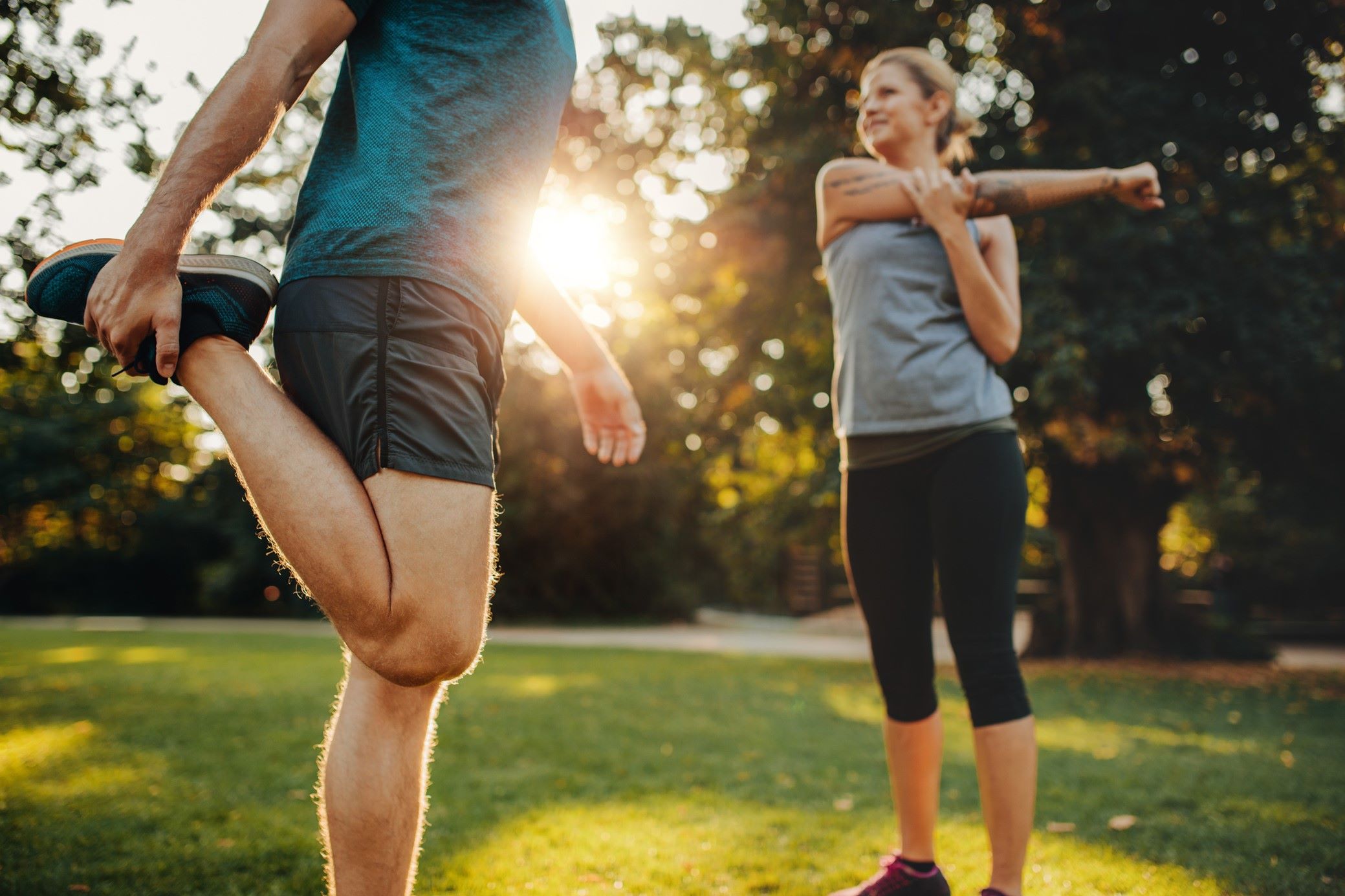Home>Health & Nutrition>Injury Prevention>The Importance Of Dynamic Stretching For Runners: Why And How
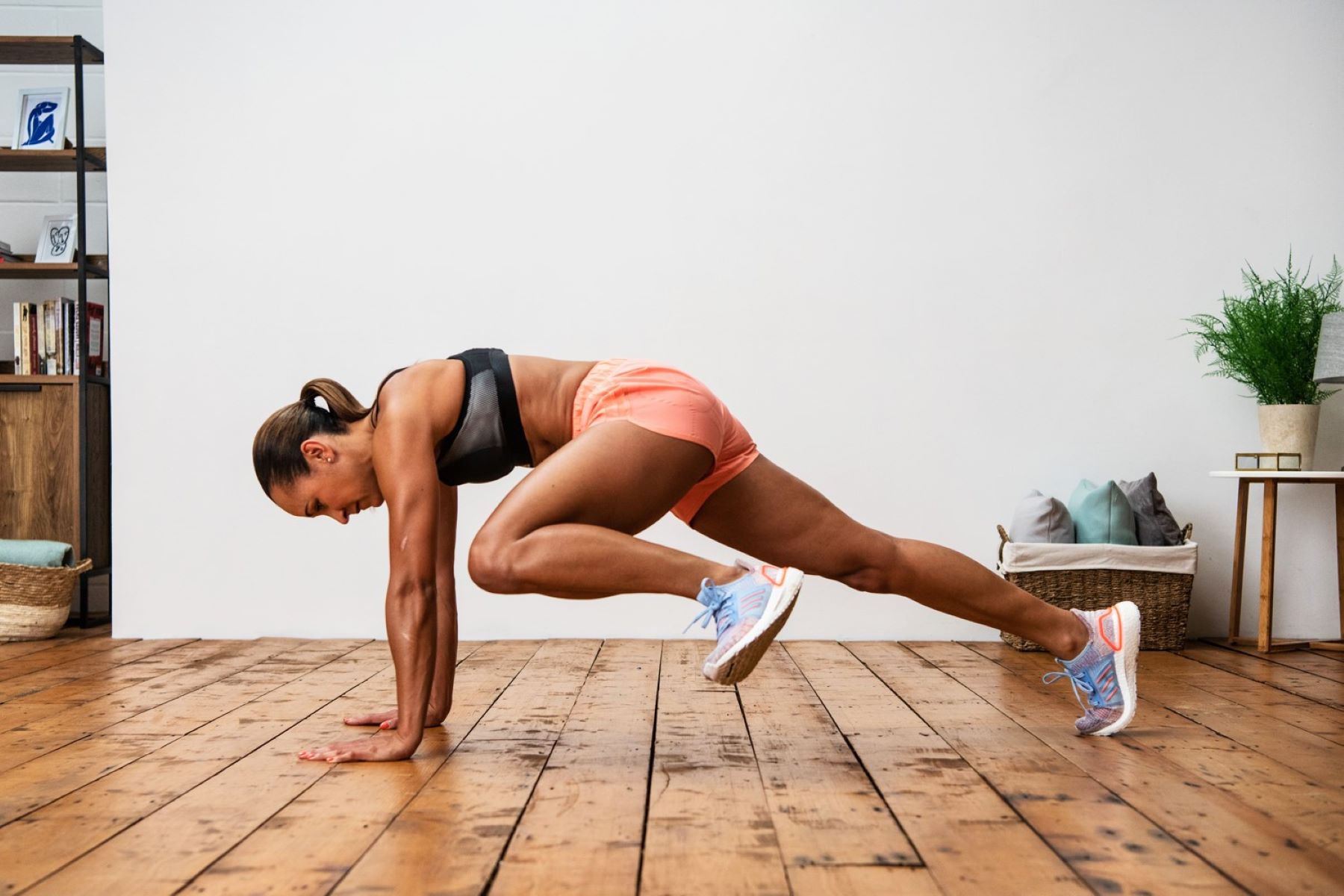

Injury Prevention
The Importance Of Dynamic Stretching For Runners: Why And How
Published: February 29, 2024
Learn the significance of dynamic stretching for runners and its role in injury prevention. Discover effective techniques and best practices for injury-free running.
(Many of the links in this article redirect to a specific reviewed product. Your purchase of these products through affiliate links helps to generate commission for Therunningadvisor.com, at no extra cost. Learn more)
Table of Contents
Understanding the Benefits of Dynamic Stretching
Dynamic stretching has gained significant attention in the realm of injury prevention and athletic performance enhancement. Unlike static stretching, which involves holding a single position for an extended period, dynamic stretching involves continuous movement through a full range of motion. This form of stretching is particularly beneficial for runners due to its ability to prepare the body for the specific demands of running.
One of the primary benefits of dynamic stretching is its ability to increase blood flow and circulation to the muscles. As runners engage in dynamic stretching exercises, the movements stimulate the heart rate and encourage the flow of oxygen-rich blood to the muscles being utilized. This heightened circulation helps to improve muscle flexibility and overall performance during the run.
Furthermore, dynamic stretching serves as an effective method for warming up the body and priming the muscles for physical activity. By incorporating dynamic stretching into a pre-run routine, runners can gradually elevate their heart rate and body temperature, which is crucial for preventing muscle strain and injury during the run.
Another key advantage of dynamic stretching is its role in enhancing joint mobility and flexibility. The dynamic movements involved in this form of stretching help to lubricate the joints and increase their range of motion. This is particularly beneficial for runners, as it can contribute to improved stride length, reduced risk of muscle imbalances, and enhanced overall running efficiency.
Moreover, dynamic stretching has been shown to activate and engage the muscles that are essential for running. By performing dynamic stretching exercises that mimic the movements involved in running, runners can effectively activate the muscles in the lower body, including the hamstrings, quadriceps, calves, and hip flexors. This targeted activation not only prepares the muscles for the upcoming run but also helps to reduce the likelihood of muscle tightness and discomfort during and after the run.
In addition to its physical benefits, dynamic stretching also plays a crucial role in mental preparation. As runners engage in dynamic stretching, they have the opportunity to focus on their breathing, posture, and body awareness. This mindful approach to stretching can help runners mentally transition into their running mindset, promoting a sense of readiness and focus for the upcoming workout.
In summary, the benefits of dynamic stretching for runners are multifaceted, encompassing physical preparation, injury prevention, and mental readiness. By incorporating dynamic stretching into their pre-run routine, runners can optimize their performance, reduce the risk of injury, and cultivate a more mindful and focused running experience.
Read more: The Importance Of Aquajogging For Runners
The Role of Dynamic Stretching in Injury Prevention
Dynamic stretching plays a pivotal role in injury prevention for runners, offering a proactive approach to safeguarding the body against potential strains, sprains, and overuse injuries. Unlike static stretching, which was traditionally emphasized as a pre-run ritual, dynamic stretching has emerged as a more effective method for preparing the body to withstand the physical demands of running.
One of the key contributions of dynamic stretching to injury prevention is its ability to activate and engage the muscles and joints that are essential for running. By incorporating dynamic stretching exercises that mimic the movements involved in running, such as leg swings, high knees, and lunges with a twist, runners can effectively prime their muscles and joints for the upcoming workout. This targeted activation not only enhances muscle flexibility and joint mobility but also reduces the risk of muscle imbalances and overuse injuries.
Furthermore, dynamic stretching serves as a crucial component of a comprehensive warm-up routine, enabling runners to gradually elevate their heart rate and body temperature. This gradual increase in physiological readiness is essential for preventing sudden muscle strain and injury during the run. By engaging in dynamic stretching before a run, runners can effectively prepare their bodies for the physical demands ahead, minimizing the likelihood of muscle tightness and discomfort during and after the workout.
In addition to its physical benefits, dynamic stretching contributes to injury prevention by promoting improved running mechanics and posture. The dynamic movements involved in this form of stretching help to enhance overall flexibility and range of motion, which are essential for maintaining proper running form. By incorporating dynamic stretching into their routine, runners can reduce the risk of overstriding, muscle fatigue, and inefficient movement patterns, all of which can contribute to a higher risk of injury.
Moreover, dynamic stretching plays a vital role in increasing blood flow and circulation to the muscles, which is essential for injury prevention. As runners engage in dynamic stretching exercises, the continuous movements stimulate the heart rate and encourage the flow of oxygen-rich blood to the muscles being utilized. This heightened circulation not only improves muscle flexibility but also enhances the body's ability to recover and repair itself, reducing the risk of overuse injuries and muscle strains.
In summary, dynamic stretching serves as a proactive and multifaceted approach to injury prevention for runners. By incorporating dynamic stretching into their pre-run routine, runners can effectively activate their muscles, enhance joint mobility, improve running mechanics, and promote optimal blood flow, all of which contribute to a reduced risk of injury and a more enjoyable running experience.
How to Incorporate Dynamic Stretching into Your Running Routine
Incorporating dynamic stretching into your running routine is a strategic and beneficial approach to optimize your performance and reduce the risk of injury. By seamlessly integrating dynamic stretching exercises into your pre-run ritual, you can effectively prepare your body for the physical demands of running while promoting flexibility, joint mobility, and mental readiness.
To begin, it's essential to allocate sufficient time for dynamic stretching within your pre-run routine. Aim to dedicate at least 5-10 minutes to dynamic stretching exercises before embarking on your run. This timeframe allows for a comprehensive warm-up, enabling your body to gradually transition into the running mindset while priming your muscles and joints for the upcoming workout.
When incorporating dynamic stretching, it's crucial to focus on movements that mimic the actions involved in running. Engage in dynamic stretching exercises that emphasize leg swings, high knees, lunges with a twist, and hip circles. These dynamic movements effectively activate the muscles in your lower body, including the hamstrings, quadriceps, calves, and hip flexors, preparing them for the specific demands of running.
Furthermore, it's important to maintain a fluid and continuous motion during dynamic stretching. Unlike static stretching, which involves holding a single position, dynamic stretching requires continuous movement through a full range of motion. Embrace the fluidity of dynamic stretching exercises, allowing your body to move seamlessly through each motion while focusing on your breathing and body awareness.
In addition to lower body-focused dynamic stretching, consider incorporating dynamic movements that engage the upper body and core muscles. Arm circles, torso twists, and dynamic planks are effective exercises to activate and prepare the upper body for the physical demands of running. By engaging the entire body in dynamic stretching, you can promote overall muscle readiness and coordination for a more balanced and efficient run.
Moreover, it's beneficial to customize your dynamic stretching routine based on your individual needs and running goals. Pay attention to areas of tightness or discomfort in your body and incorporate dynamic stretching exercises that specifically target those areas. By tailoring your dynamic stretching routine to address your body's unique requirements, you can optimize your physical readiness and reduce the risk of muscle strain and discomfort during your run.
In summary, incorporating dynamic stretching into your running routine involves allocating dedicated time for dynamic stretching, focusing on movements that mimic running actions, maintaining fluid and continuous motion, engaging the entire body, and customizing your routine to address individual needs. By embracing dynamic stretching as an integral part of your pre-run ritual, you can elevate your running experience, enhance your physical readiness, and reduce the likelihood of injury, ultimately optimizing your overall performance.
Dynamic Stretching Exercises for Runners
Dynamic stretching exercises are an essential component of a runner's pre-run routine, serving as a proactive approach to prepare the body for the physical demands of running while promoting flexibility, joint mobility, and muscle activation. Incorporating a variety of dynamic stretching exercises into your pre-run ritual can effectively prime your muscles and joints, optimize your running performance, and reduce the risk of injury. Here are several dynamic stretching exercises tailored specifically for runners:
-
Leg Swings: Stand upright with one hand placed on a stable surface for support. Swing one leg forward and backward in a controlled manner, focusing on the fluidity of the movement. This exercise effectively engages the hip flexors, hamstrings, and quadriceps, promoting increased joint mobility and muscle activation in the lower body.
-
High Knees: Begin by standing upright with your feet hip-width apart. Lift one knee towards your chest while maintaining an upright posture, then alternate with the opposite knee. This dynamic movement activates the hip flexors, quadriceps, and core muscles, enhancing overall muscle readiness for running.
-
Lunges with a Twist: Perform a forward lunge with your right leg, ensuring that your knee does not extend beyond your toes. As you lunge forward, twist your torso towards the side of your front leg. Return to the starting position and alternate with the left leg. This exercise engages the quadriceps, hamstrings, glutes, and core muscles while promoting improved hip mobility and rotational flexibility.
-
Hip Circles: Stand with your feet shoulder-width apart and place your hands on your hips. Rotate your hips in a circular motion, focusing on the fluidity and range of the movement. Hip circles effectively lubricate the hip joints and engage the muscles surrounding the hips, promoting enhanced joint mobility and flexibility.
-
Arm Circles: Extend your arms out to the sides at shoulder height. Begin making circular motions with your arms, gradually increasing the size of the circles. This dynamic movement activates the shoulder muscles and promotes improved upper body coordination and readiness for running.
-
Dynamic Planks: Start in a plank position with your hands directly beneath your shoulders and your body in a straight line. From this position, alternate lifting one leg at a time, engaging the core and stabilizing muscles. Dynamic planks effectively activate the core muscles and promote overall body coordination and stability.
Incorporating these dynamic stretching exercises into your pre-run routine can significantly enhance your physical readiness, reduce the risk of muscle strain, and optimize your overall running performance. By engaging in these dynamic movements, runners can effectively prime their muscles and joints for the specific demands of running, ultimately contributing to a more enjoyable and injury-free running experience.
Tips for Effective Dynamic Stretching
When incorporating dynamic stretching into your running routine, it's essential to approach it with intention and mindfulness to maximize its benefits. Here are several tips to ensure that your dynamic stretching routine is effective and conducive to your overall running experience:
-
Focus on Fluidity and Control: Embrace the fluid nature of dynamic stretching exercises, ensuring that each movement is executed with control and precision. Avoid abrupt or jerky motions, and instead, emphasize a smooth and continuous range of motion to promote muscle activation and joint mobility.
-
Gradually Increase Intensity: Begin your dynamic stretching routine with gentle movements and gradually increase the intensity as your muscles warm up. This gradual progression allows your body to adapt to the dynamic movements and prepares it for the physical demands of running.
-
Engage in Full-Body Movements: While dynamic stretching often emphasizes lower body movements, it's beneficial to incorporate exercises that engage the entire body. By including dynamic movements for the upper body and core muscles, you can promote overall muscle readiness and coordination, contributing to a more balanced and efficient run.
-
Customize Based on Individual Needs: Pay attention to areas of tightness or discomfort in your body and tailor your dynamic stretching routine to address those specific needs. By customizing your dynamic stretching exercises, you can optimize your physical readiness and reduce the risk of muscle strain and discomfort during your run.
-
Emphasize Breathing and Body Awareness: Throughout your dynamic stretching routine, focus on your breathing and body awareness. Maintain steady and controlled breathing, allowing it to synchronize with your movements. Heightened body awareness can enhance the mind-body connection, promoting a sense of readiness and focus for the upcoming run.
-
Integrate Dynamic Stretching into Your Routine Consistently: Make dynamic stretching a consistent part of your pre-run ritual. By integrating dynamic stretching into your routine on a regular basis, you can establish a proactive approach to injury prevention and optimize your overall running performance.
By adhering to these tips, you can ensure that your dynamic stretching routine is effective, purposeful, and aligned with your running goals. Embrace the fluidity of dynamic stretching, customize your routine to address individual needs, and approach each movement with mindfulness and intention. Ultimately, effective dynamic stretching can significantly contribute to injury prevention, physical readiness, and a more enjoyable running experience.

